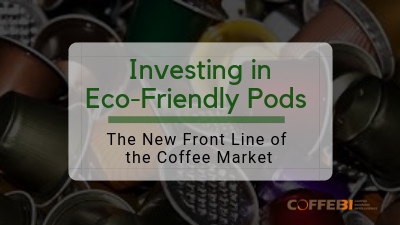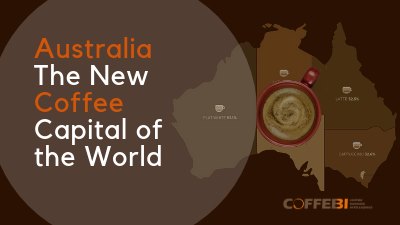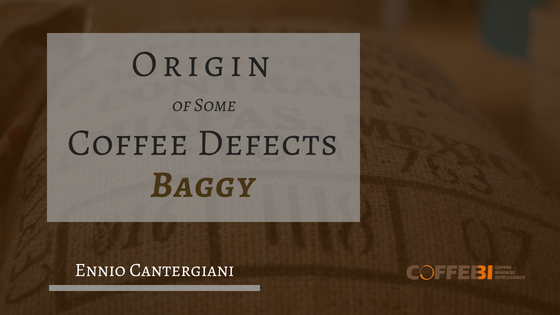How can coffee grounds be used? 5 ways to engage the coffee industry in the circular economy by thinking about what happens to a key waste product.
Future grounds: How coffee grounds can be used in the circular economy


How can coffee grounds be used? 5 ways to engage the coffee industry in the circular economy by thinking about what happens to a key waste product.

Why should you invest in your barista? 5 reasons why you should invest in barista training according to our Opinion Leader, Vanessa Lee.

On South of Europe, the approach to consuming coffee varies greatly depending on the country, although there are plenty of similarities shared within the southerners. Spaniards prefer having long chats while sitting down, Italians and Portuguese drink little coffee at multiple times during the day, Greeks have inherited quite the technique from their old Turkish’s friends. Learn more…

As of now, Three3 different waves of coffee have been identified, giving insights into the many ways that coffee has evolved and adapted in our society. What are the different waves of coffee and what’s the difference between them?

Since the invention of single-use coffee pods in 1997, their market share continued to grow and still does today, surpassing even drip coffee in 2011. Is it the new field into invest? Lean more

A few years ago, a lot of natural coffees were defined as fermented ones. Today, the cursor moved to accept more natural processes and therefore, natural coffees. Flavours are described as “complex” in opposition with “clean cup” for the coffees processed with the washed method.
Sign up to read more…

Australia, a country known only for Kangaroos and koala bears, has become one of the biggest consumers of coffee.
Australians have a real love for coffee, they have their favourite style, shop, barista and are now spreading their culture across the globe.

In China, some market conditions are different. A low number of coffee shops compared to the population, especially in large towns, and the boost in coffee consumption (at two-digits) in particular out of home.
The hot coffee delivery is, therefore, a new opportunity to satisfy the large coffee demand.
At the moment, there is no available data to see if the delivery system will be appreciated by customers, the fact is that the giant coffee chain Starbucks is also moving towards signing a partnership with Alibaba, China’s largest online retailer, to launch delivery services in September. The new deal will see Starbucks integrate a “virtual store” in online shopping and payment apps.
The hot coffee delivery model, launched by the Chinese company Luckin, is fueling the debate among operators: May this new model change coffee habits?

As explained by Qian Zhiya, Luckin Coffee founds its business model starting from some weak points of coffee shops in China: high prices and lack of presence. “In western countries, the price of a cup of coffee consists of only 1/1,000 of people’s monthly income. In contrast, it is almost 1/100 for people living in China”. “Also, the number of coffee shops in the mainland is very limited. As opposed to Taiwan, where the population of 23.5 million enjoys over 5,000 CITY CAFE shops (a brand launched by 7-Eleven), there are only 300 Starbucks stores in Beijing, a city populated with 29 million people”. Find out more about Luckin.

A few companies have developed hydrocarbon free jute bags. They use Rice Bran Oil (RBO) and the producers of these bags claim that less contamination occurs with RBO compared to JBO.